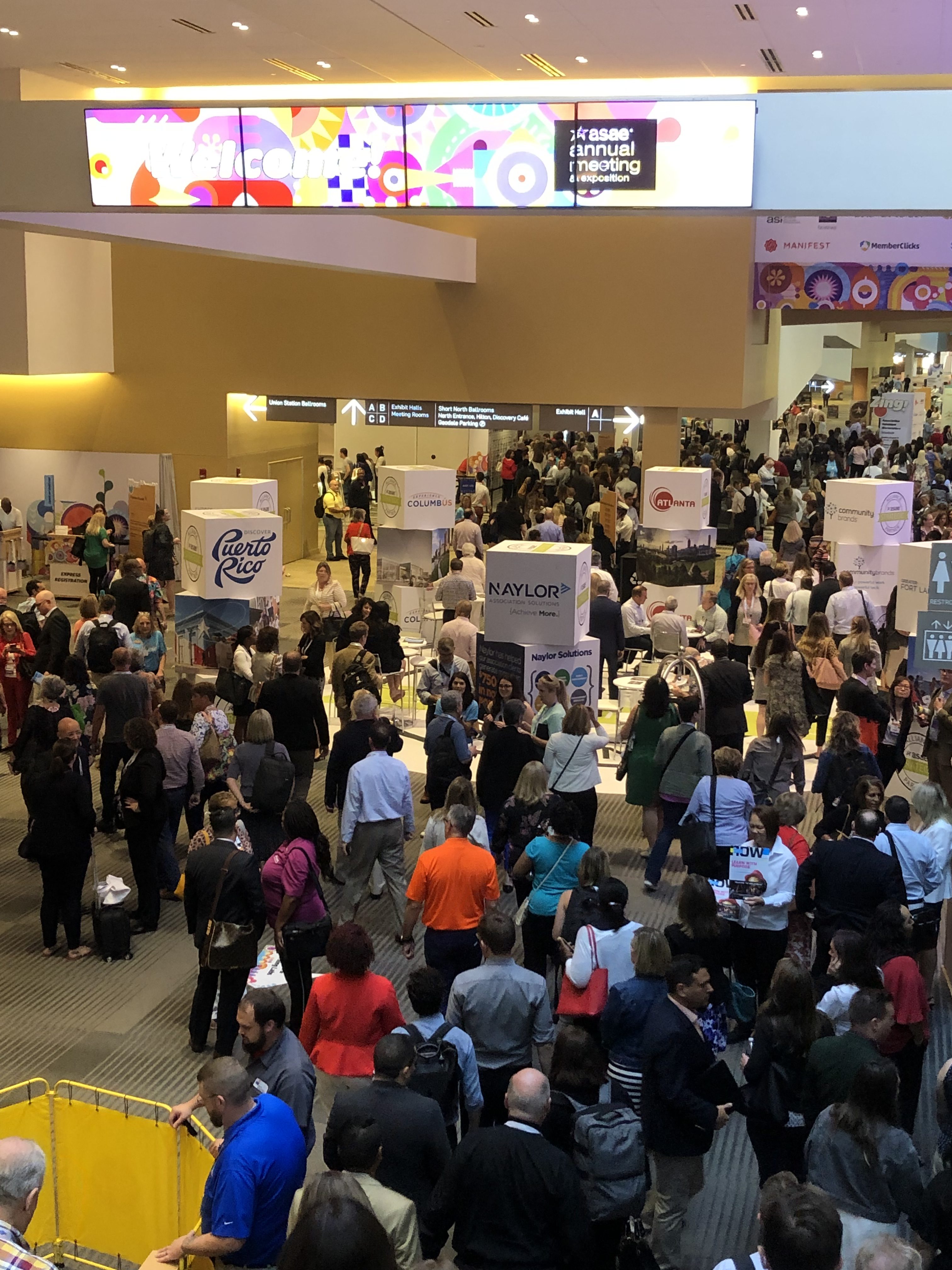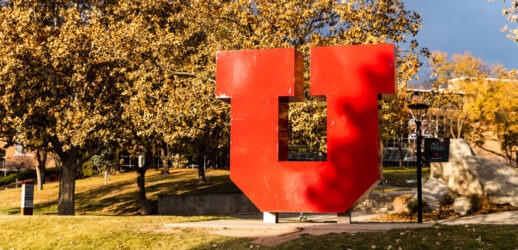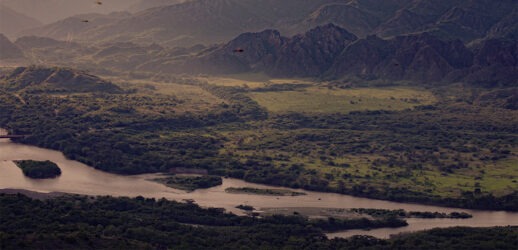Why to surround your group with an ocean of water
“The island is a sanctuary for the dreamers, the seekers and the wanderers of the world.” The author of these words is lost in time’s mists, but their truth remains. Islands are indeed sanctuaries—apart, often isolated, somehow unique in their power to renew and inspire.
For visitors, by necessity, they must be as self-contained as cruise ships or a Vegas casino resort, offering as much as possible within the confines of their shores. Yet they are not all alike, of course. What do Manhattan Island, say, and Indonesia’s Bali share? Beyond both being quite busy, not much.
And so, selecting an island involves more than the venue itself, even if it’s an all-inclusive. Apart from obvious logistical and seasonal considerations, there is the dominant personality of the isle itself.
Here are the “whys” of five excellent island destinations for gatherings, large and small.
Barbados: History
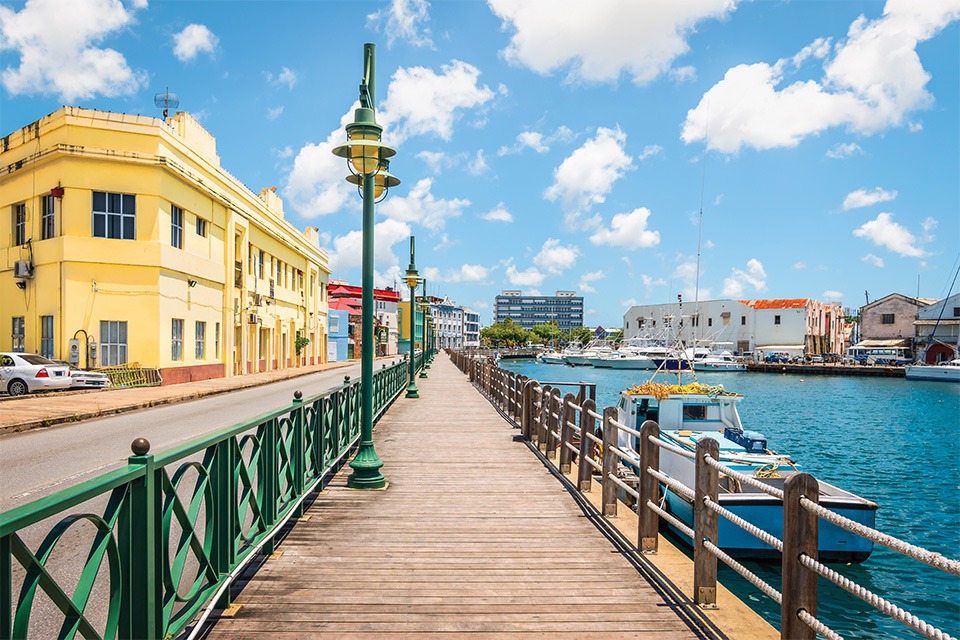
Starting in the 4th century in the Eastern Caribbean, Indigenous explorers navigated in waves to the island that came to be known as Barbados. British colonists arrived in 1627, though it was a Portuguese voyager, Pedro Campos, who named it after the Bearded Fig Trees, with their hanging roots, he marveled at, in 1536. Os Barbados means “the bearded ones.”
By the mid-17th century Barbados was the world’s leading sugar producer, on the backs of enslaved workers from West Africa. Its capital, Bridgetown, is today a cruise-ship port still chockablock with colonial-era buildings and Nidhe Israel, a synagogue dating to 1654. The national sport of cricket and gracious afternoon tea remain as vestiges of the country’s pre-independence era, as do grand plantation houses and magnificent botanical gardens.
In all, history suffuses this island that is also famed for exquisite beaches—sugar-soft sands lapped by aquamarine waves in the west and wilder, dramatic beachscapes on its eastern coast.
But on the southwestern shore, in an area branding itself as the island’s “capital of cool,” it’s another chapter of Barbadian history that has just been updated. And it’s linked to the story of the island’s most famous pirate.
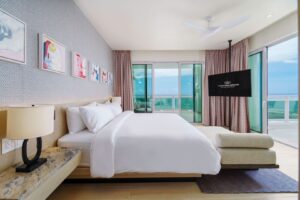
Opened last year as the first of its brand in the Caribbean and largest resort in Barbados, Wyndham Grand Barbados Sam Lords Castle All-Inclusive Resort, as its name indicates, sits next to the still-impressive ruins of one of the most opulent—and nefarious—homes in all the Caribbean.
Built two centuries ago, the coral-rock, Georgian-style mansion with its crenulated roofline and the man who built it are steeped in lore, but they both stood as beacons of their age—not in a good way. Samuel Hall Lord, born in 1778, is said to have perfected the island style of piracy to fund his opulent house and lifestyle.
He called his abode Sam Lord’s Castle, and it overlooks a stunning beach in a half-moon-shaped bay surrounded by jagged reefs. Sam and his crew hung lanterns from coconut trees, tricking passing ships into thinking they marked safe passage to Bridgetown. Dawn brought Lord’s pirates to plunder stranded cargos.
Treasure is said to still be hidden in tunnels from the castle to the beach, and divers still search for gold and other booty left scattered amid the reefs.
The castle is but a shell now, destroyed by fire, but there is talk of restoration. In the meantime, Phoenix-like, the even more impressive Wyndham Grand has arisen right next door. Its 422 guest rooms feature a minimum of 650 sq. ft. of space with private balconies with sea views. A host of activities include a destination spa and multiple dining options.
The property was built to achieve Wyndham Green Certification, signifying best practices for energy and water conservation, waste diversion and operational efficiency.
For meetings, state-of-the-art conference facilities include a 10,000-square-foot ballroom, largest on the island, as well as the largest resort convention center plus scenic outdoor venues on the historic grounds that accommodate up to 800. And, naturally, there’s the pristine white sand of Sam Lord’s Beach, available not for plundering but welcome receptions, brainstorming sessions and celebratory cocktails.
The family-friendly resort also offers a kid’s club, babysitting and nanny services.
Oahu: Culture
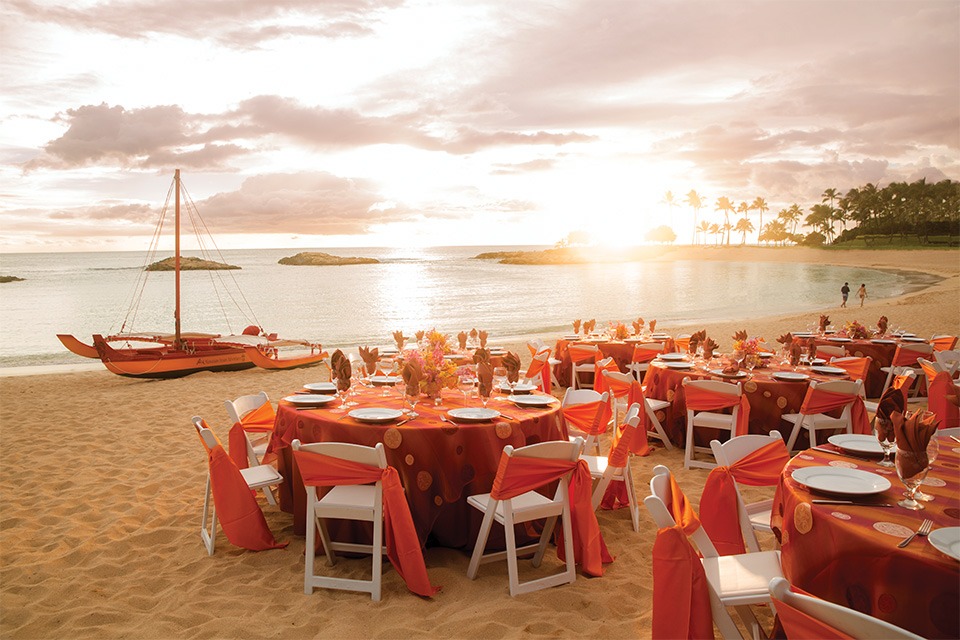
About an hour’s drive west from Honolulu, in Ko Olina, Hawaiian culture is lived every day. It’s Kama Hopkins who makes it so. For more than a year now, Hopkins has filled the role of cultural advisor at Aulani, A Disney Resort & Spa, the 21-acre oceanfront property known for its family-friendly programs and as a top-tier setting for meetings and events.
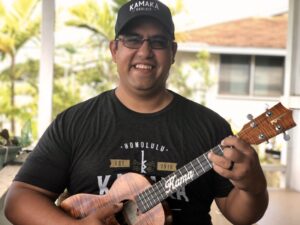
While it’s not unusual for resorts in Hawai’i to have cultural ambassadors like Hopkins on board these days, only guests at Aulani enjoy “Hawaiian culture with a touch of Disney magic.”
As Hopkins told an interviewer recently, “Every day, I try to share my knowledge of and experience with Hawaiian culture and ensure that it’s presented respectfully to our cast members, guests and community.”
Read More: Hawaii: Events Meet Mahalo
He seems born to the role. He grew up in a family filled with Hawaiian music and hula. He’s played ‘ukulele professionally, and is repeat winner of Nā Hōkū Hanohano Awards, Hawai’i’s equivalent of the Grammys. He started his career as a preschool teacher and later taught ʻŌlelo Hawaiʻi—Hawaiian language—and culture at the college level.
Hopkins believes sharing the language of his ancestors with guests at the resort is the best way to interest them in island history as well as “the reasons and need for our cultural and language resurgence.” He also holds frequent classes for his coworkers “so they also help take on the role of normalizing ʻŌlelo Hawaiʻi and returning it to a prominent place in our society.”
“While it’s not unusual for resorts in Hawai’i to have cultural ambassadors, only guests at Aulani enjoy ‘Hawaiian culture with a touch of Disney magic.’”
He reviews everything at Aulani that touches on Hawaiian culture, from activities, tours, food and artwork to employee education and onboarding. He even checks merchandise for sale on property—like Hawaiian phrases printed on a T-shirt or snack packaging.
Hula and ‘ukelele lessons are among the culturally authentic experiences offered at the luxury resort, as are moʻolelo firepit storytelling, the traditional way to share island history and culture; imi loa nāa hōkū, a stargazing experience that illuminates early Polynesian navigation skills; and the resort’s acclaimed Ka Wa’a, a lū‘au experience that includes demonstrations of ancient arts such as taro pounding.
Aulani calls itself “a celebration of Hawaiian culture, history and tradition.” With over 800 spacious guest rooms, including suites and villas, plus more than 76,000 sq. ft. of outdoor event space and a 21,000-square-foot conference center, it shares this celebration with groups of up to 500.
Little Simons Island: Nature
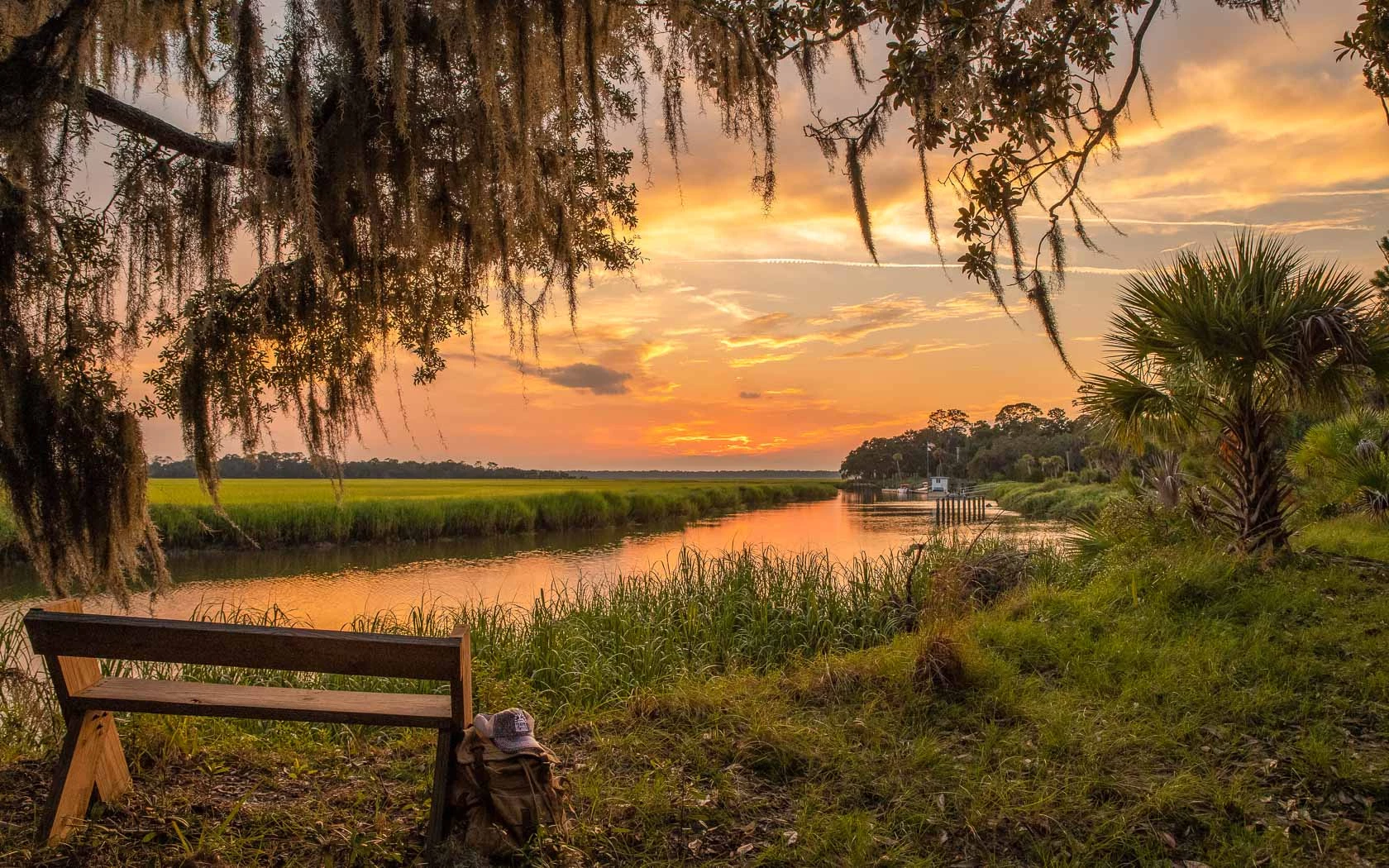
If it’s fresh sea breezes, unspoiled nature and an almost total escape from civilization while still feeling nicely spoiled that your incentive or executive retreat requires, it’s only a short ferry ride from the Georgia coast to Little Simons, a barrier island southwest of Savannah, that is one of the most pristine of the state’s Golden Isles.
The island covers 11,000 private acres and boasts 7 miles of beaches. Much of it is salt marsh interspersed by maritime forest of Spanish moss-draped magnolias, live oaks and red cedars that are habitat for more than 300 bird species like bald eagles, roseate spoonbills and oystercatchers.
Sport fishing in tidal creeks and ocean surf yields redfish, flounder and other catch. Offshore, dolphins and whales splash in these waters.
Little Simons has been in private hands since 1760, when a Swiss colonist bought it from King George II. Today it’s owned by former U.S. Treasury Secretary Henry Paulson and his wife.
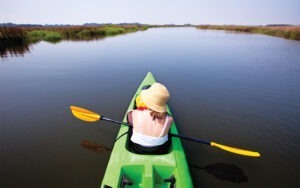 The pride of the island today is The Lodge on Little Simons, whose website exults, “Welcome to the island where nature is the luxury.” Buyouts bring the capacity to 32 lucky guests, who will enjoy all-inclusive, rustic-chic, eco-friendly accommodations in six historic wooden cottages (16 guest rooms in all) and a 1917 hunting lodge where seasonally inspired meals prepared by a culinary team showcase the lodge’s garden and local products. Lowcountry fare is often inaugurated with fresh local oysters.
The pride of the island today is The Lodge on Little Simons, whose website exults, “Welcome to the island where nature is the luxury.” Buyouts bring the capacity to 32 lucky guests, who will enjoy all-inclusive, rustic-chic, eco-friendly accommodations in six historic wooden cottages (16 guest rooms in all) and a 1917 hunting lodge where seasonally inspired meals prepared by a culinary team showcase the lodge’s garden and local products. Lowcountry fare is often inaugurated with fresh local oysters.
Yes, if they must, there is Wi-Fi. Better: unplugged ideating or lounging at the saltwater pool. Best: wading into the surrounding beauty with naturalist-guided kayaking, hiking, birding, fishing, biking and ecological tours. Open-air trucks wend their way to isolated coves and flora on eco-safaris.
Special group events range from a shark workshop, a hands-on experience in shark research led by biologists, to naturalist-led evening beach walks, presentations and post-hatch endangered Loggerhead turtle nest inventories during the summer nesting season.
Puerto Rico: Sustainability
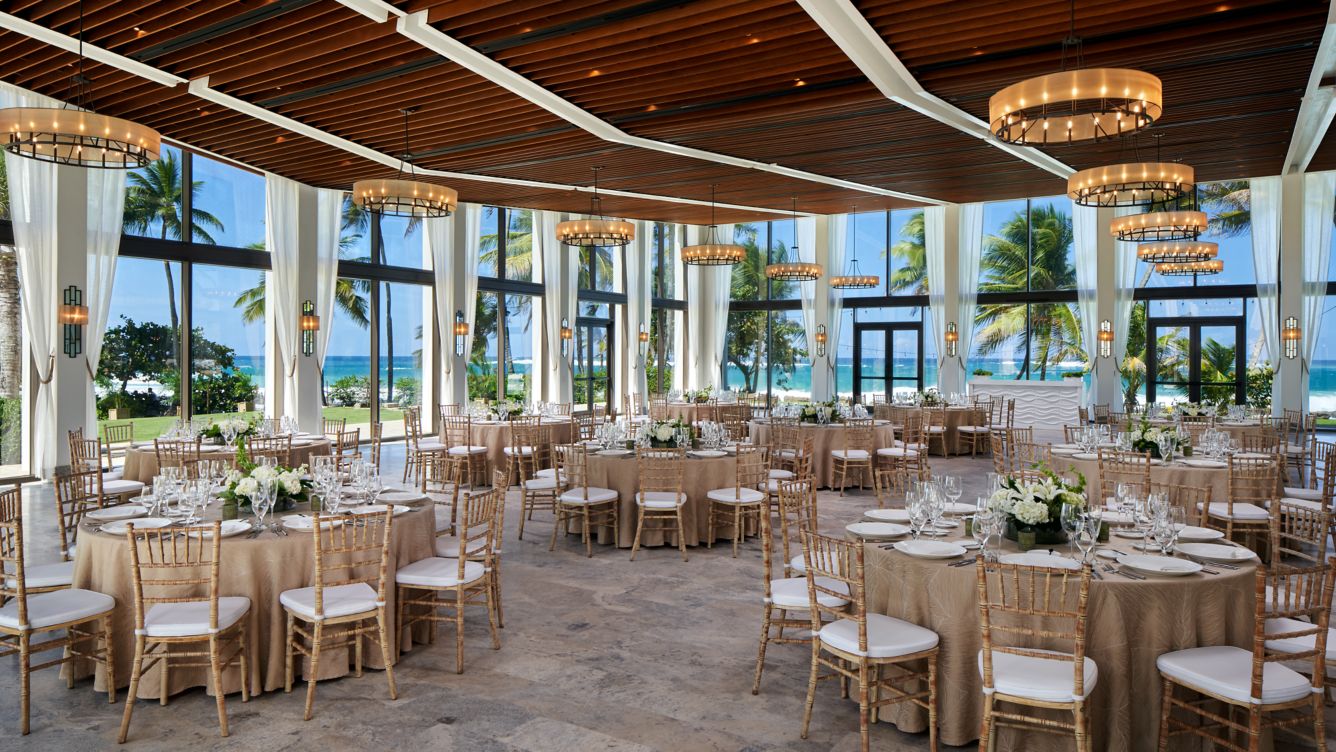
Puerto Rico, though subject to the same federal environmental regulations and restrictions as mainland United States, faces heightened challenges as an island. Most significantly, islands everywhere are the canaries in the cage of climate change due to ocean rise, more severe and unpredictable weather and their unique situations—often dependent on tourism yet with fragile natural environments that can quickly be overwhelmed by overtourism or unchecked development.
In the island’s national parks and reserves, reforestation efforts are underway. Several organizations are working hard to protect and rebuild endangered wildlife populations, especially the Puerto Rican parrot, the manatee and the leatherback turtle.
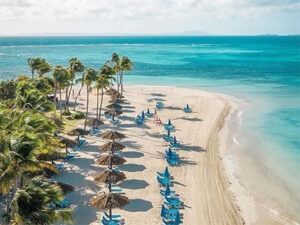
Like much of the island that was hit in 2017 by Hurricane Maria, the eco-friendly El Conquistador Resort has been completely refreshed to lush, tropical grandeur at its site 300 feet above the Caribbean, surrounded by El Yunque National Rainforest and the Bioluminescent Bay. It’s is a prime vantage point for taking in the restored ecosystem.
Read More: Your Complete Guide to Sustainability
Discover Puerto Rico, the island’s DMC, can help set up group volunteering for a beach clean-up, assisting local youth at an after-school program or working with a nonprofit for a few hours. It also recommends scheduling a tour at a local farm like Frutos del Guacabo or booking space at a coffee hacienda for an after-hours event or networking activity.
Fortunately, Puerto Rico also offers other venue choices that rival best practices in sustainability found anywhere in the world.
One of these is Dorado Beach, a Ritz-Carlton Reserve. Founded in 1958 when Laurance Rockefeller, himself an early champion of environmentalism, transformed a former plantation on the island’s north shore into a 50-acre luxury resort where no buildings were taller than palm trees and access to the beautiful beach was the focal point.
Elizabeth Taylor and Amelia Earhart were among the guests, yet the most important celebrity connection was with underwater filmmaker Jacques Cousteau and his family. Today that relationship continues with Jean-Michel Cousteau’s Ocean Future Society’s Ambassadors of the Environment program, which “inspires guests to connect with the world around them in hopes that they will work toward preserving it for future generations.”
Activities include the Rockefeller Nature Trail that wends its way for 11 miles through the resort, night walks, stargazing sessions and, as you would expect, scuba diving and underwater photography excursions.
For groups, there is a total of 5,443 sq. ft. of event space, including a ballroom and boardroom with ocean views, as well as team-building exercises. The resort has 115 oceanfront guest rooms, ranging in size from 941 sq. ft.; some have private plunge pools.
Dominican Republic: Music
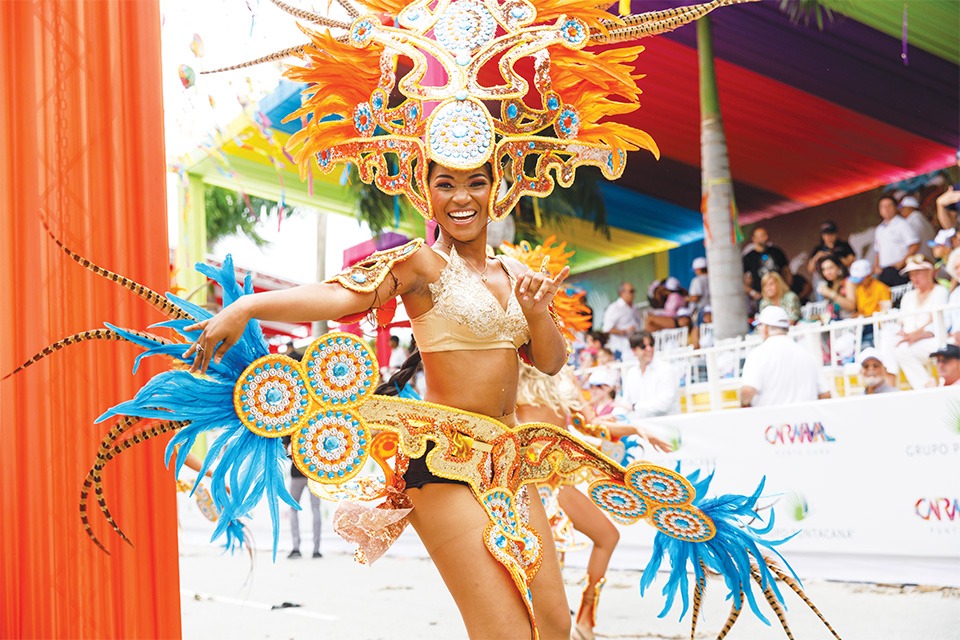
You know Jamaica for its global music legends. And who doesn’t know Puerto Rico’s Ricky Martin and Bad Bunny? And didn’t those Beatles lads come from an island, too? There’s something about music and islands that is in perfect harmony.
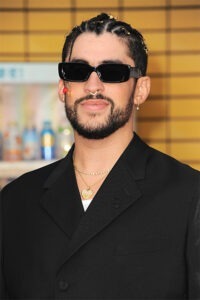
Another of the most popular Caribbean meetings destinations is also worth a listen: the Dominican Republic, commonly referred to simply as DR. Its sounds are a mash-up of Sub-Saharan African, native Taino and Western European influences. Most widely known is merengue, which was born in the country’s northern Cibao region in the mid-1800s. Longtime dictator Rafael Trujillo liked it so much he declared it the official dance and music style in the 1930s—even requiring bands to include it in their repertoire with compositions that glorified him. Earliest compositions were for accordion and percussion, but now just about anything goes.
Have you heard of bachata? The word itself evokes a rowdy fiesta. Highly danceable, slow and sensual, played with guitars and percussion and with lyrics that cry of love, jealousy and desperation, it evolved from Cuban bolero and originated in the countryside shantytowns of the 1960s and 1970s. And then there’s Dominican rock, inspired by its British and American counterparts, but with its own vibe.
“There’s something about music and islands that is in perfect harmony.”
And don’t forget hip hop. And reggaeton—DR was the third country to embrace it, after Panama and Puerto Rico.
Read More: Q&A with John Bukaty on the Intersection of Art, Music and Gathering
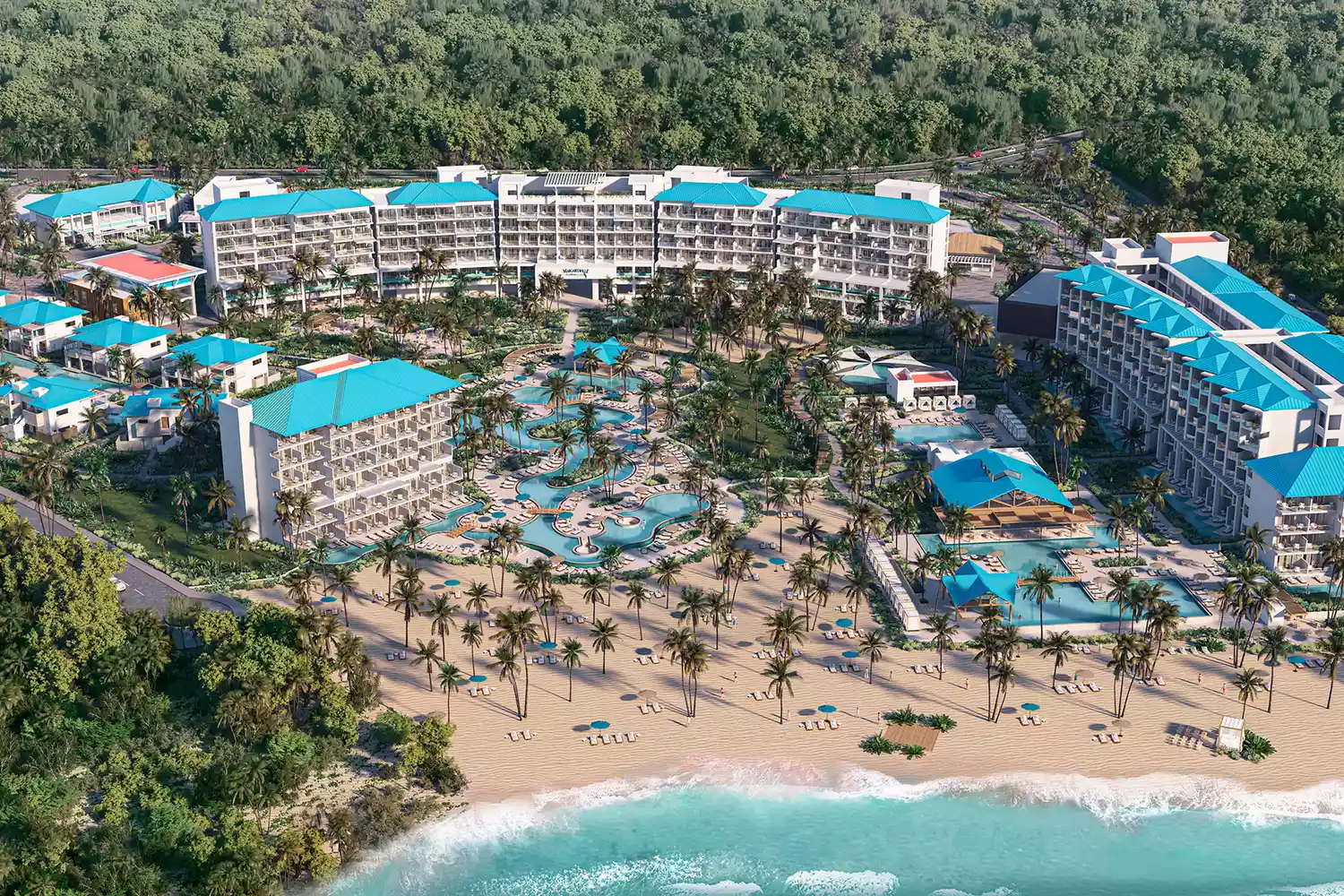
So, where should you take your group for a proper DR musical education? Why not to a brand synonymous with a foot-tapping beat? With another island, too—Key West, Florida. Head to one of the newest of the Jimmy Buffett-founded venues, Margaritaville Island Reserve Resort Cap Cana. This all-inclusive, five-star property, on Juanillo Beach in the exclusive Cap Cana gated community 15 minutes from Punta Cana International Airport (PUJ), is partnered with Karisma Hotels & Resorts. It snipped the opening-day ribbon in 2022.
The resort is divided into two sections, one of which is for adults only, who are greeted on arrival with the hotel’s traditional welcome, a margarita popsicle. Thus begins the fun and whimsy that accompanies the music.
Gourmet Village, home to seven of the resort’s F&B options, is also where the downbeat happens. In addition to a nightly show on the Margaritaville Main Stage, multiple musical acts appear daily with talented local performers at the oceanview Punch Bar & Lounge.
In all, there are 519 guest rooms and 39 villas with private balcony pools. Indoor meeting space totals 3.000 sq. ft., with another 15,000 sq. ft. outdoors.
This article appears in the May/June 2024 issue. You can subscribe to the magazine here.


